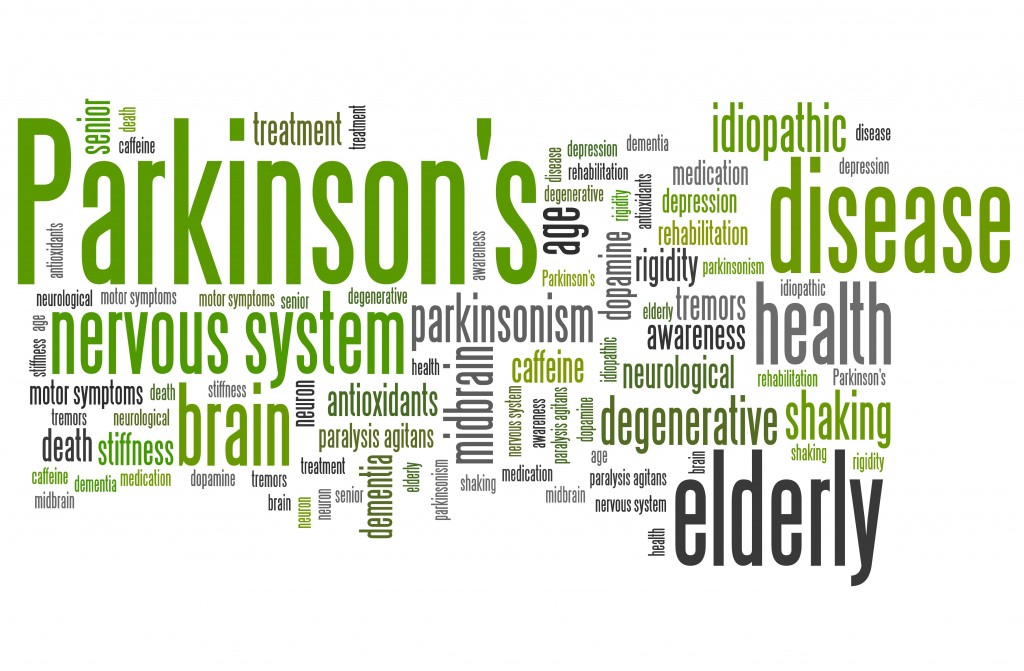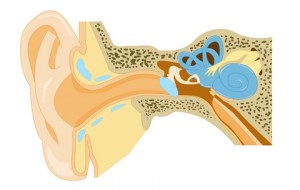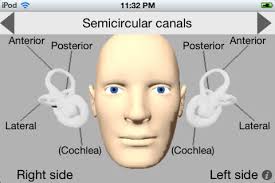Education Resources, a leading provider of evidence-based continuing education, is thrilled to announce this CEU course coming to an area near you:
Evidence Based Treatment for Parkinson’s Disease, MS, Stroke
and Other Neurologic Disorders
Kari Dunning, PT, PhD
a dynamic, interactive instructor renowned for taking complex information and making it practical and clinically relevant.
July 17-18, 2015 – Independence, MO
July 25-16, 2015 – Miami Beach, FL
July 31-August 1, 2015 – Decatur GA 
This course will help make evidence based strategies easy to integrate into your adult neuro-rehab practice. Outcome measures and treatments will be presented for
persons with neurological diagnoses including acute, chronic and degenerative. Current thinking about neuroplasticity, motor learning and cardiovascular fitness will be woven into all treatment approaches. Specific treatments discussed will be both evidence based and emerging, with an emphasis on those that improve functional participation, ambulation, upper extremity skill and prevent falls. Special emphasis will be on treatment programs and strategies that are feasible in the clinic. Presentation and discussion will include details needed for translation to your clinic immediately.
Let Education Resources help you fulfill your professional development and continuing education requirements.
We would like to offer a $50 discount toward any conference fee
Register now through June 29th 2015
Apply code: Spring2015
Not to be used in combination with other discounts or course credits. Non-Transferable. Only one discount may be used per conference. Must be applied at time of registration, not for conferences previously registered for. Not for online courses.
You can register online, call the office or fax in your registration.
Just mention the code!


